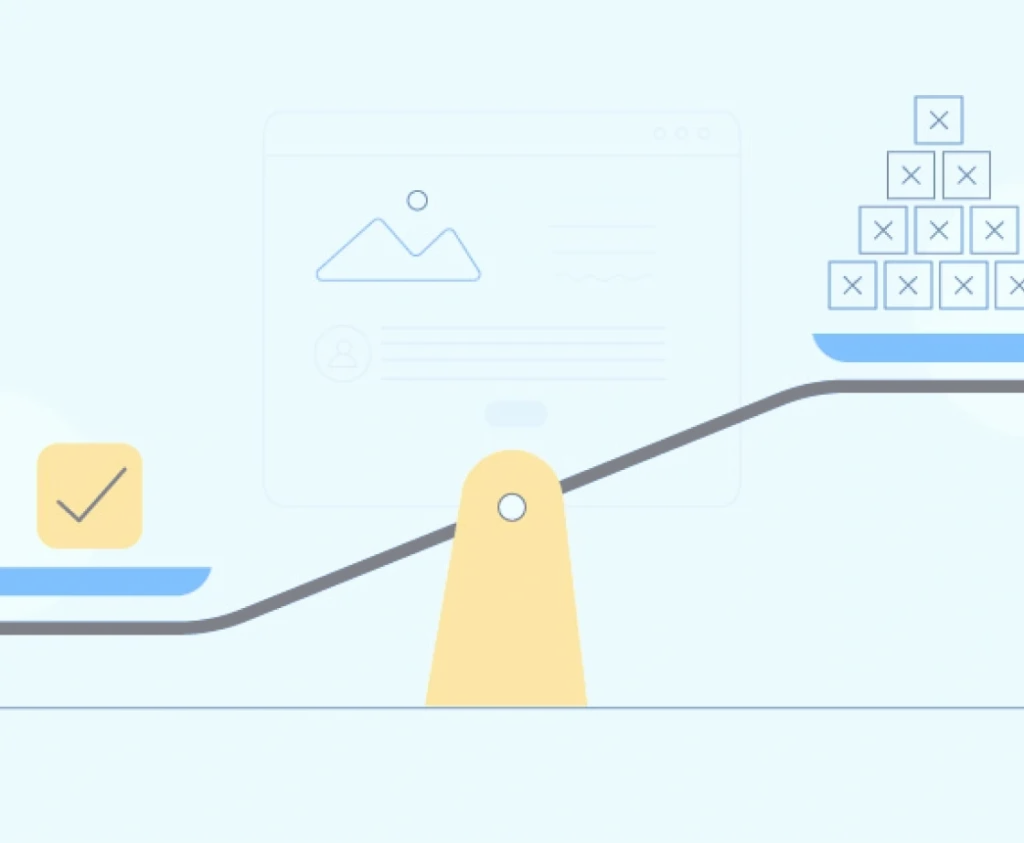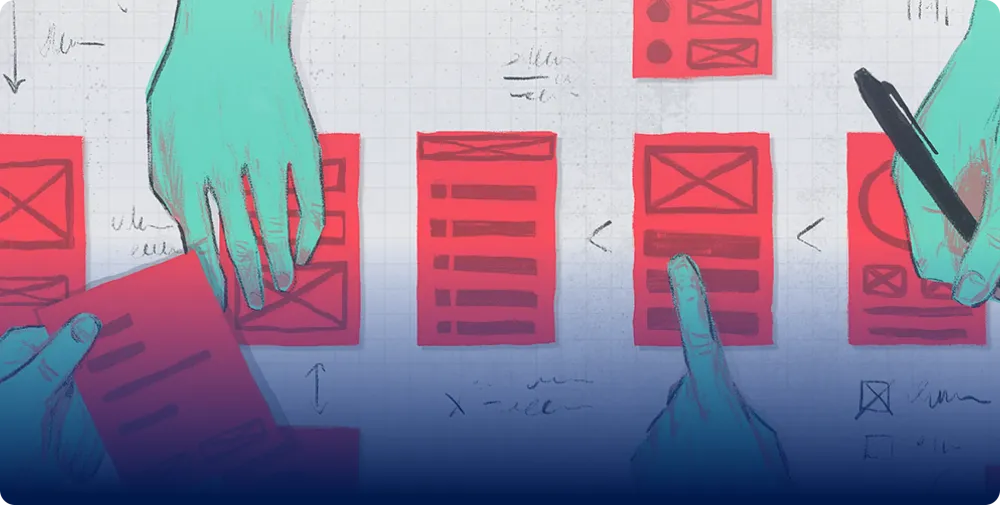Boost financial services growth by debunking 5 UX design myths. Learn how to create exceptional user experiences that drive innovation & success.
5 UX Design Myths to Bust for Financial Services Growth

The banking and financial sector is currently undergoing massive transformations as new technologies are being developed frequently and the role of fintech innovations in the industry is rapidly growing. With formerly futuristic technologies such as artificial intelligence becoming part and parcel of modern society, banks are keener than ever on gaining insights into the behaviors, preferences, and aspirations of their customers they serve.
The emergence of new digital financial services has increased exponentially globally; however, many do not achieve their intended objectives. One of the main reasons for this is the gap between UX design and the creators’ method. Over the years that we have been working for Altumind, we have worked with many banking and financial services companies, and we have found several myths about UX design. As usual, in this blog, we will demystify these myths and offer some direction for entrepreneurs aspiring to create sound financial services.
Myth 1 : UX Design Requires a Massive Investment

Users experience design is in essence about increasing customer benefit and satisfaction that results from the use of a product. In the field of financial services, incorporating UX design tactics with Design Thinking can be very beneficial. Even attempting Advanced Lean UX or fundamental concepts of Design Thinking can yield significant value for reasonable expenses. Thus, it would be more effective to find the right UX agencies to work with rather than invest in the detailed in-house department for startups. Overall, embracing and investing in UX design can yield great benefits and build up your team’s competencies in the long run.
Myth 2 : Replicate the Design of a Successful Service
Another well-known mistake is expectations that copying the broadcasting design of successful service will bring success as well. But copying the interfaces of the established companies such as Paytm, Mint, or PayPal usually is not beneficial enough. Effective design strategies require considering special characteristics and value added to a customer. Recognize that delivering copied content is pointless; think of innovative ideas that would help solve customer needs. It is what you propose to do that could offer fresh standards and perspectives to the industry.

Myth 3 : Radical Designs are Essential for Innovation
Despite this, many fintech startups fail to consider usability in their products as they overemphasize on innovation, often resulting in radical designs. Great potential lies in the financial sector and the continuous developments within it, however, implementing each innovation is not necessarily going to result in a better user experience. Innovative solutions often work against a user’s expectations and cause some level of annoyance. Users prefer to deal with familiar patterns and solutions, though they may not be as innovative as one would have wished; therefore, it is wiser to work with tried and tested solutions.

Myth 4 : More Services (Greater User Engagement)

Myth 5 : Great UX Alone Guarantees Success
Although UX should be optimal, it is insufficient to guarantee immediate success on its own. Like the feeling from new shoes, which gradually develops with time, and users need to spend time enjoying the product. It also revealed that success is informed by factors such as timing the market, identifying the key competitors and the kind of follow-up that would be offered to the clients. In many cases, UX design is a continuous process that involves users and updates based on their feedback or trends in the market. Thus, actual UX should not be viewed in isolation but as an integral component of planning processes and further improvements.
In the age of online shopping and quick decisions, it is important to pay attention to such factors as trustworthiness, company recognition, and engagement. Dispelling these myths and using user-centered design, it is possible to avoid these errors and develop financial services that would find demand among consumers.
Welcome to Altumind – the premier User Experience Design Company – we are glad to assist you in understanding the challenges of UX in the financial industry. Please feel free to contact us to discuss ways as to how we can help your team design a great financial product.


